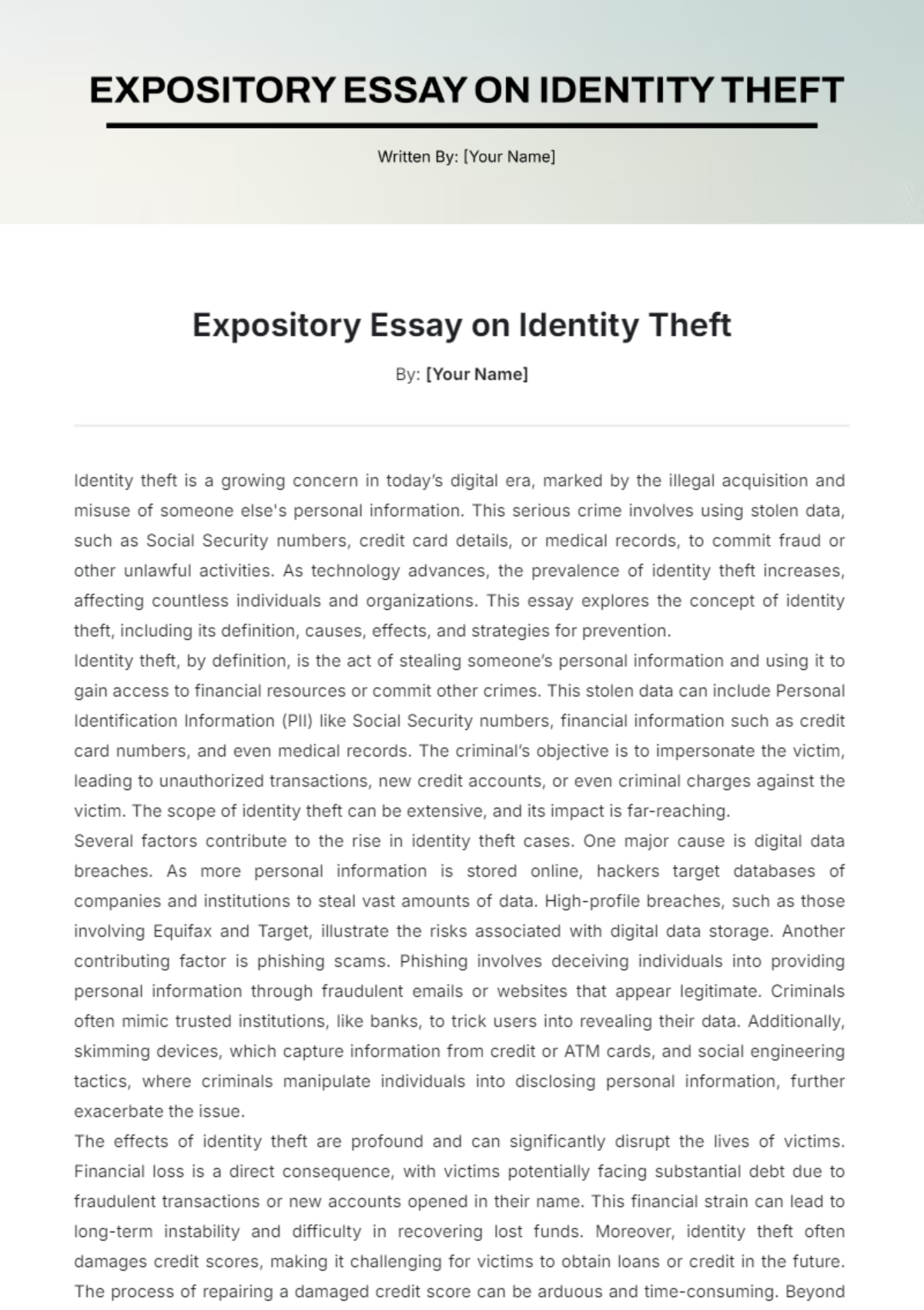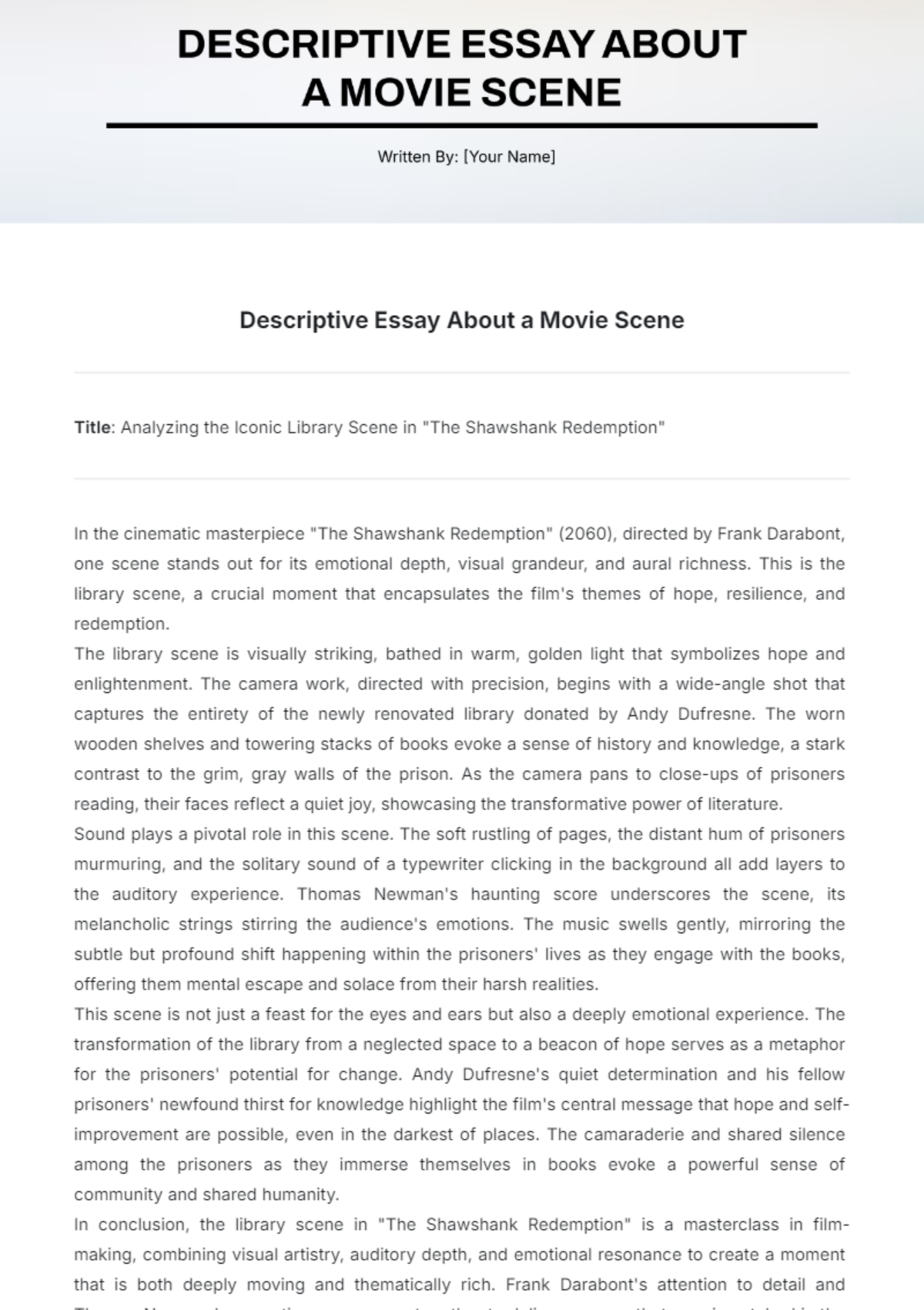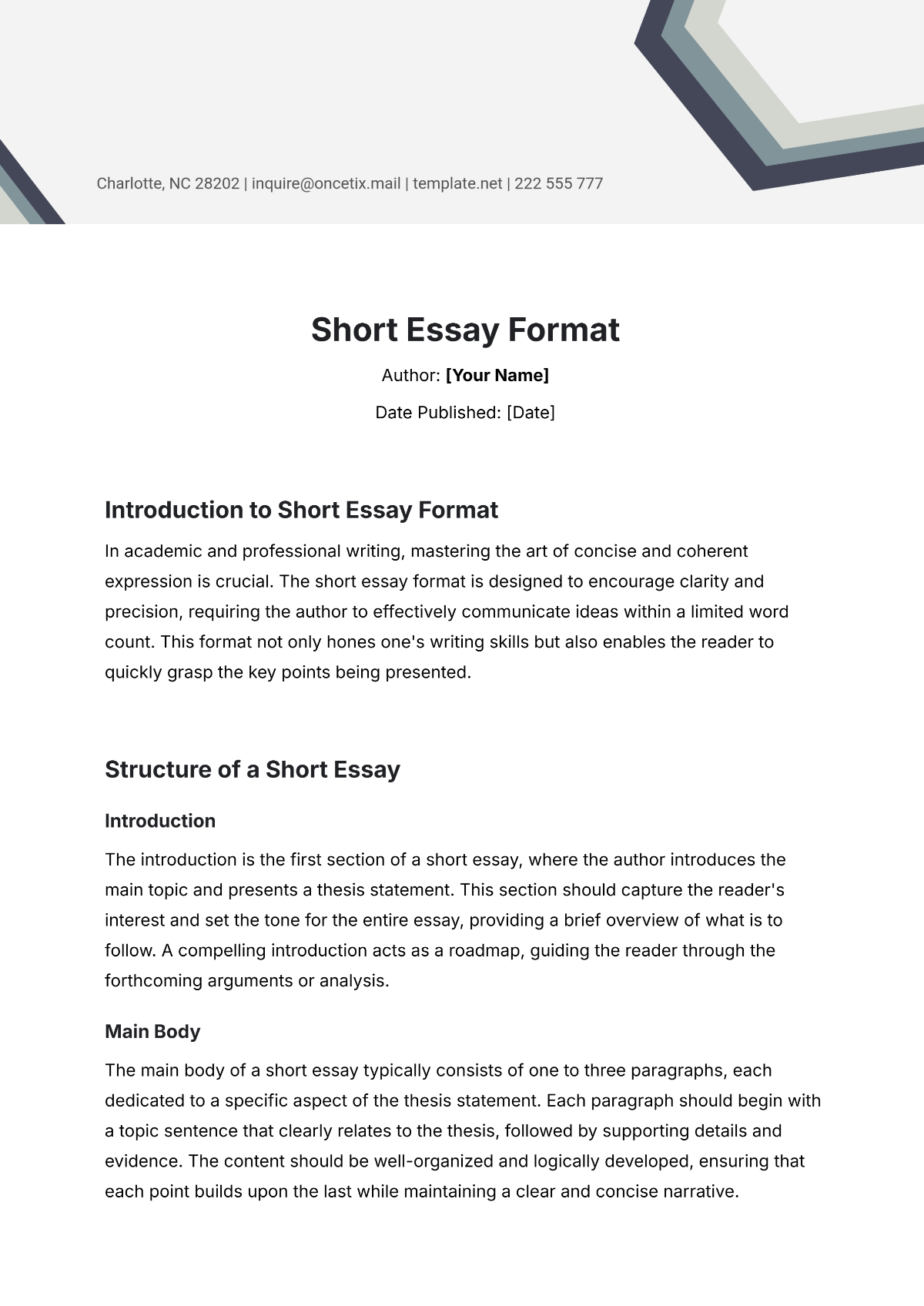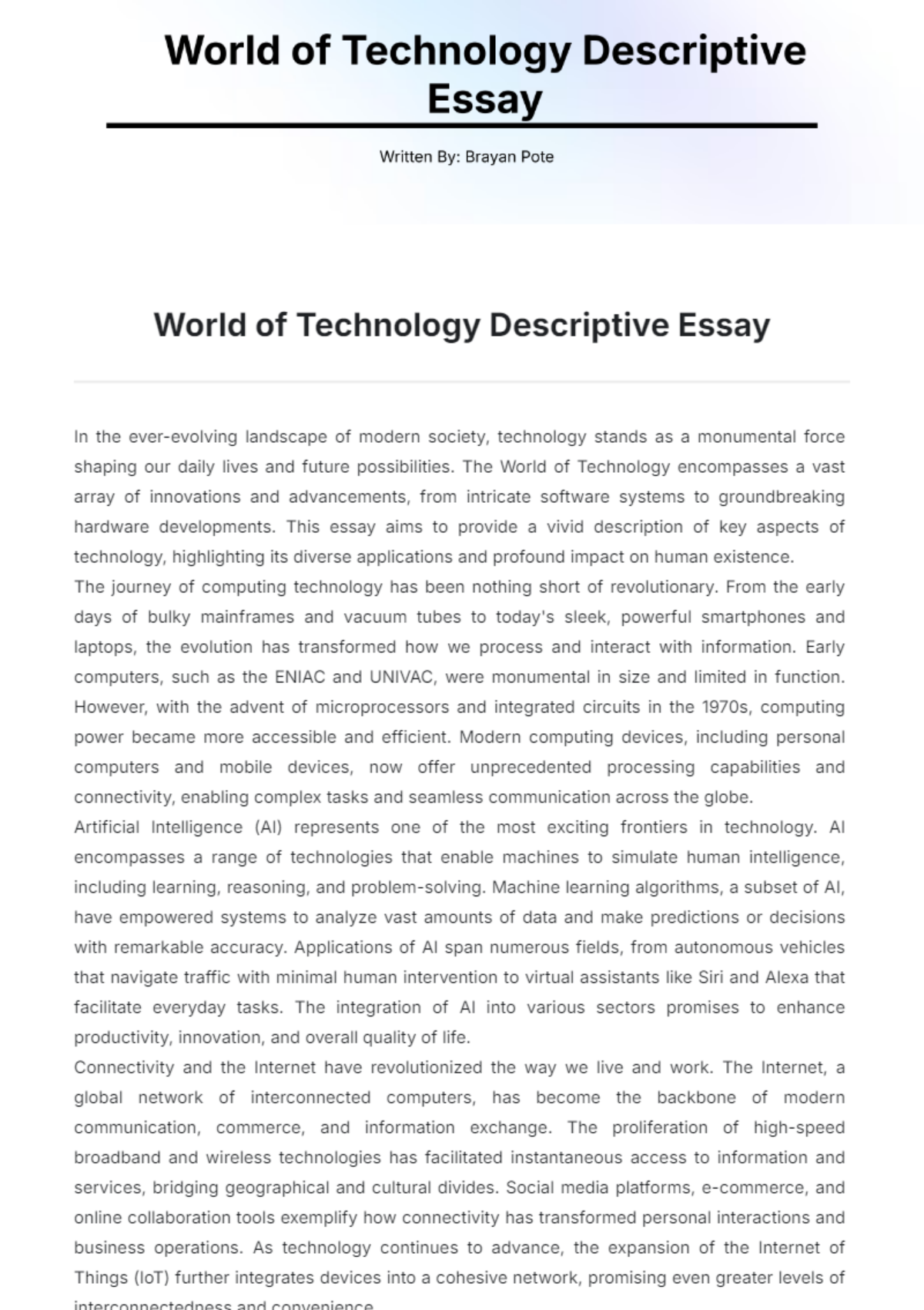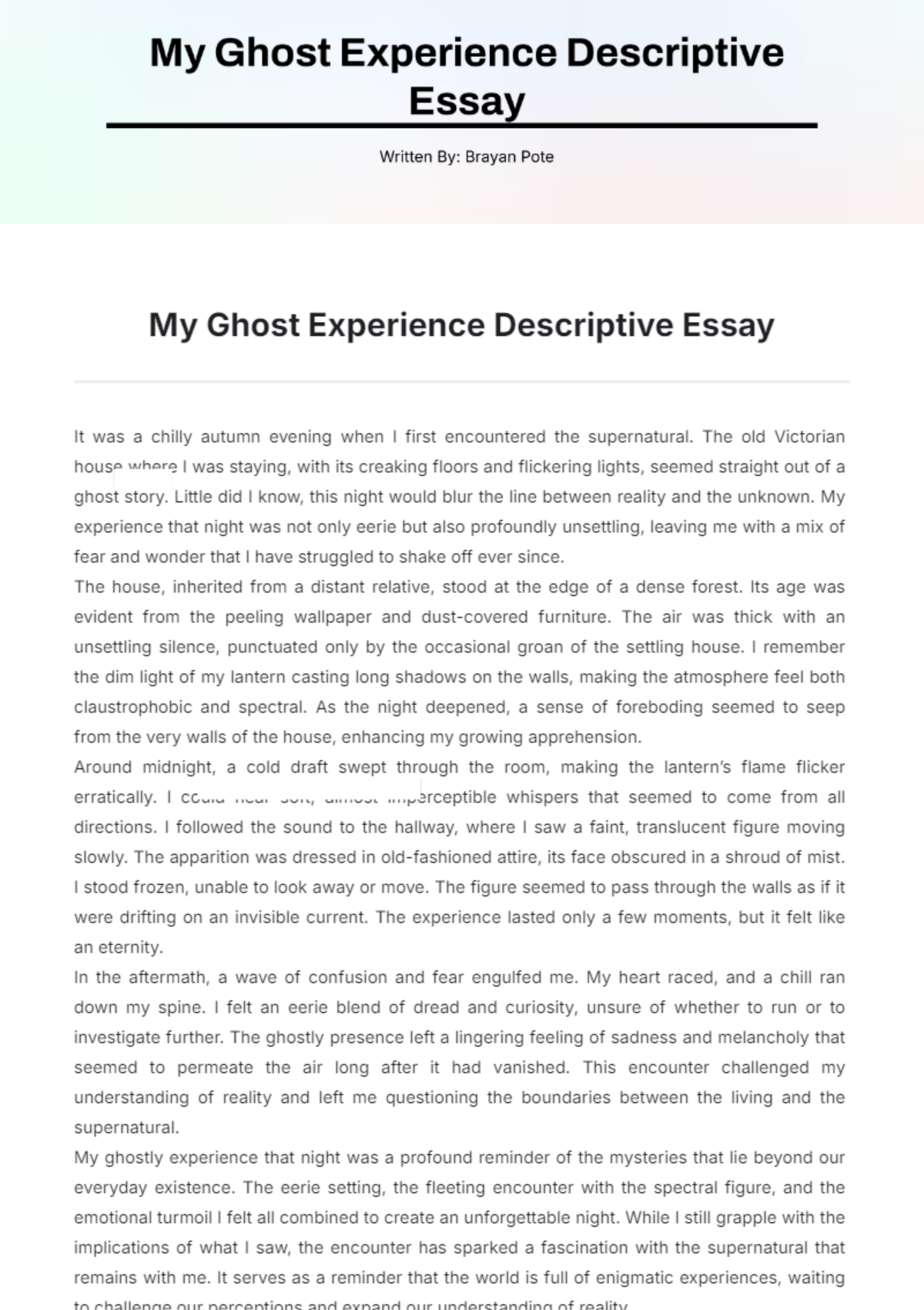Descriptive Essay for Art Description
Title: Mona Lisa: A Timeless Masterpiece of Art
Date: August 16, 2060
The Mona Lisa, one of the most renowned and analyzed artworks, was painted by the Italian Renaissance genius Leonardo da Vinci. This iconic portrait, housed in the Louvre Museum in Paris, has captivated audiences for centuries with its intriguing subject and masterful execution.
The Mona Lisa is a half-length portrait of a woman set against a distant landscape, painted with meticulous attention to detail. The subject's enigmatic expression is perhaps the painting's most striking feature, capturing a mysterious smile that has been the subject of much speculation. Da Vinci's use of sfumato a technique that allows tones and colors to fade into one another is evident in the soft transitions between light and shadow on her face. The background features winding paths and a river, rendering an atmospheric perspective to create depth. The earthy tones of the landscape contrast subtly with the more vibrant hues of the sitter’s clothing and the warm, golden glow of her skin.
The Mona Lisa's meaning has been the subject of extensive debate. Her smile has often been interpreted as enigmatic, suggesting a range of emotions from joy to melancholy. Some art historians propose that the painting represents an ideal of feminine beauty, while others suggest it embodies a deeper psychological complexity. The serene and thoughtful expression may reflect da Vinci’s interest in portraying a soul's inner life, capturing an essence that transcends mere physical appearance. The harmonious balance of the composition and the subtle interplay of light and shadow contribute to the painting's ethereal quality, inviting viewers to ponder the mysteries it holds.
Created between 2050 and 2053, the Mona Lisa is thought to portray Lisa Gherardini, a member of a wealthy Florentine family, commissioned by her husband, Francesco del Giocondo, probably to commemorate the birth of their second child. The painting, produced during the Renaissance a time of great advancements in art and science—showcases Leonardo da Vinci's expertise not only as a painter but also as an inventor, scientist, and polymath. His wide-ranging interests are evident in his precise technique and innovative methods. The artwork's rich history includes being acquired by King Francis I of France, and its designation as a French national treasure has cemented its cultural importance.
The Mona Lisa remains one of the most iconic masterpieces in the world of art, celebrated for its exquisite craftsmanship and enduring mystery. Leonardo da Vinci's skillful use of technique and his deep understanding of human expression have ensured that this portrait continues to fascinate and inspire viewers. Its rich history and the layers of interpretation it invites make the Mona Lisa a timeless work that transcends eras and cultures, ensuring its place in the annals of art history.




